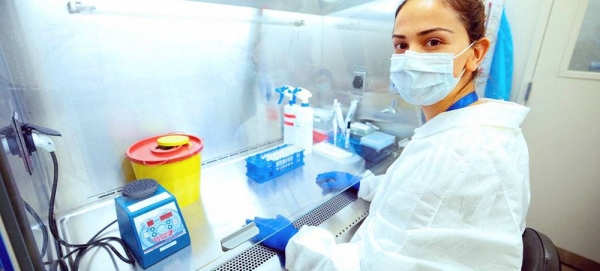
n a damp and humid Thursday afternoon Manhattan’s Union Square is looking sorry for itself. There’s 73,000 sq ft of empty retail space up for grabs at 44 Union Square in the now boarded up neo-Georgian landmark that was once Tammany Hall. There’s more space to rent on the opposite corner and the neighbouring thoroughfares, Broadway and Fifth Avenue, some of New York’s retail arteries.
The pandemic has hit Manhattan hard. The island is usually a shopping hub, home to flagship stores for retailers including Prada, Uniqlo, Macy’s and Nike. But the coronavirus is keeping the tourists and office workers that they rely on to justify their sky-high rents home.
Many stores have simply shut up shop. Others are offering “curbside pick-up” for online orders or limiting entrance. A sign outside cupcake shop Baked by Melissa reads: “One Customer At A Time”. No one is queuing.
Some brands and restaurants have already decided the city is just too expensive for them. Others with huge Manhattan stores, including Brooks Brothers, J Crew, JC Penney, have filed for bankruptcy.
In June, data research group Zenreach forecast that visitors to the shops, restaurants and bars, event venues and so on that keep Manhattan, and other prime retail and entertainment areas, alive, would return to close to normal by September 2020.
But as the virus continues to spread in the US the company has now revised its forecast, and sees no return to normal this side of 2021.
For some it’s not just the pandemic that has triggered this crisis and “normal” may never return.
Simon Collins, former dean of fashion for the prestigious fashion college Parsons School of Design in Manhattan, said many of the big stores in New York had become tired and the coronavirus had just hastened their inevitable doom: “People want something new. They don’t want to see the same things they can get anywhere. Where’s the experience? Why wouldn’t you just buy that online?”












